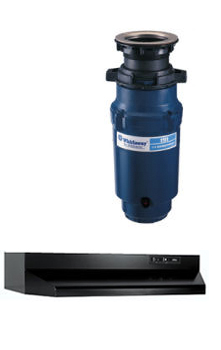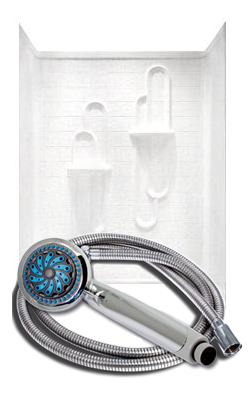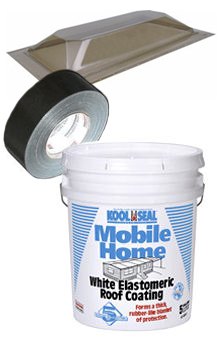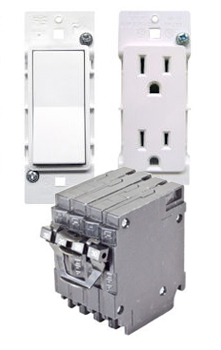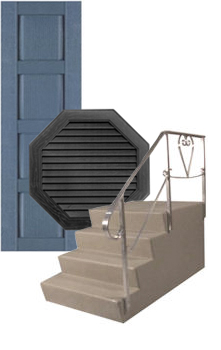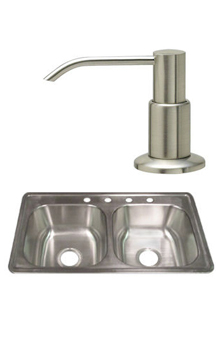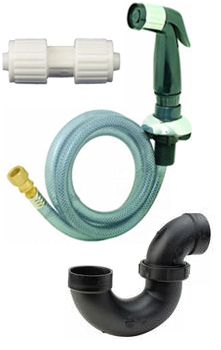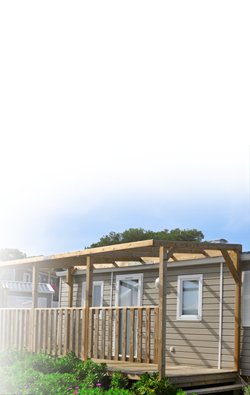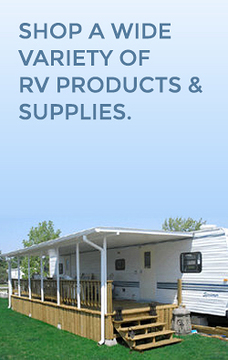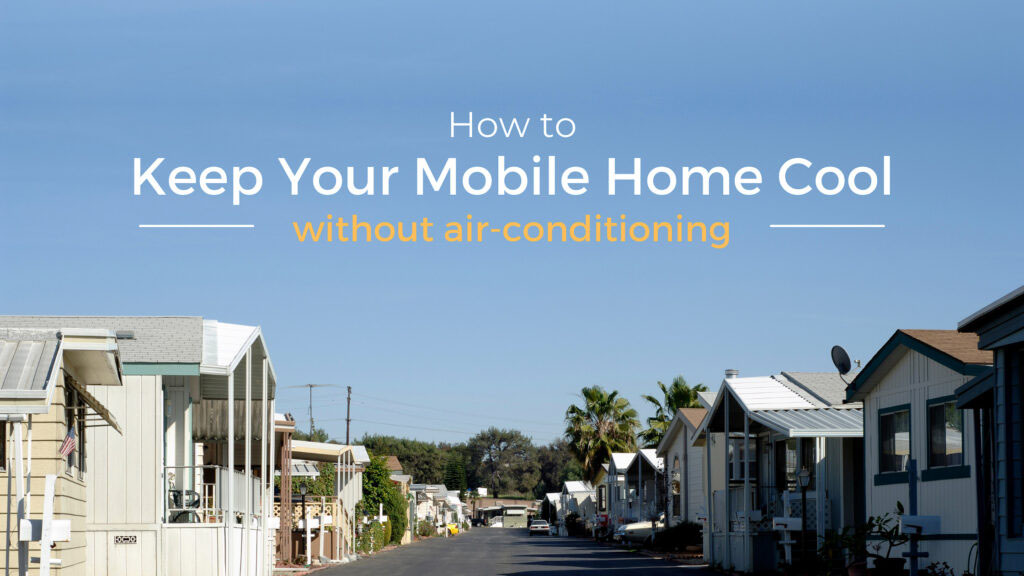
The sizzling summer heat is here! This means the temperatures are at an all-time high, and the humidity levels help kick things up a notch. With the summer sun beating down on your mobile home, indoor temperatures can rise to an uncomfortable level. Does it feel like your mobile home is not cooling? Air conditioning can provide some relief, but the cost for installation and your energy bill rising is not as relieving. So before you break for the pool, you’ll want to ensure your home is ready to handle this summer’s heat. Learn some of our tips and tricks to cool your mobile home naturally this summer.
There are low-cost retrofit alternatives on how to keep a mobile home cool without the AC. So let’s get started making your mobile home cool this summer and your wallet not as light.
- Reflecting Heat Off of Your Mobile Home
- Blocking Heat From Entering Your Mobile Home
- Reducing Heat-Generating Sources
- Maintaining a Cool Mobile Home
Reflecting Heat Off of Your Mobile Home
An alternative way to maintain a cool house is to implement a few natural methods of cooling your home. The most effective method to cool your home is to keep the heat from building up in your home in the first place. The primary source of heat build-up is through your home’s roof, walls, and windows absorbing sunlight.
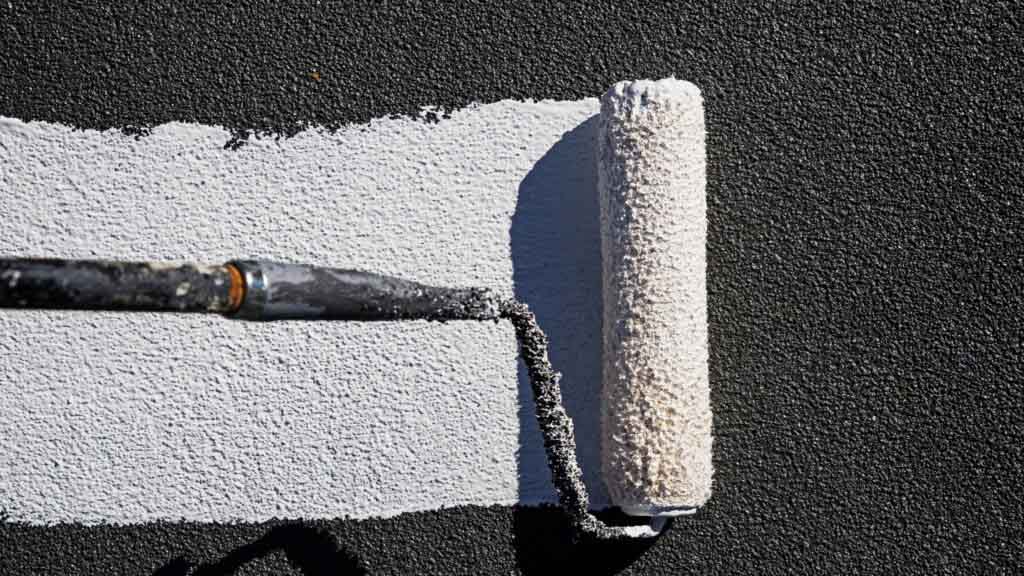
Roofs
Summer tends to be hot and humid from the sun’s rays falling directly on the earth’s surface. This can cause your roof to be hot enough to cook a pancake! About a third of the unwanted heat that builds up in your mobile home comes through the roof. One of the most effective methods to combat the increased heat on your home is to use a reflective roof coating every 2 -10 years. Two standard roofing coatings are available, Aluminized asphalt or Elastomeric. They have both waterproof and reflective properties to protect your home.
Aluminum asphalt is an asphalt-based aluminum coating containing glass fibers and aluminum particles. It is the most common type of roof coating, sticking to almost every surface and installing over asphalt and metal roofs.
Elastomeric mobile home roof coating is a white latex that you can apply over many common roofing materials, such as asphalt and fiberglass shingles, tar paper, and metal. The latex contains elastic properties, which means the roof’s surface can stretch without being damaged.
More information on mobile home roof coating and application can be found here.
Walls
Although wall color is not as important as roof coating, it does affect your home’s heat gain somewhat. Dull or dark-colored home exteriors absorb 70% to 90% of the radiant energy from the sun. Some of this absorbed heat can then be transferred into your home. White exterior walls absorb less heat than dark walls. Light-colored surfaces effectively reflect most of the heat away from your home and ultimately increase the longevity of its siding, particularly on the east, west, and south sides.
Windows
In addition to the roof and walls, your windows roughly let in 40% of the unwanted heat in your home. To reflect heat away from your home, use reflective window coatings. These coatings are plastic sheets treated with dyes or thin layers of metal. While they keep the unwanted heat from your home, they also cut intense glare and reduce your furniture and carpeting fading. The two main types of window coatings include Sun control films and combination films. Sun control films are suited for warmer climates due to their ability to reflect 80% of incoming sunlight. Combination films, however, are best for climates with both hot and cold seasons.
Window coatings should be applied on the inside surface of the window. Although you can use the film yourself, it is a good idea to consider having a professional install these for you to ensure proper installation and a more aesthetically pleasing look.
Blocking Heat From Entering Your Mobile Home

The two primary methods to block heat are insulation and shading. Insulation can help keep your home comfortable and save money on running cooling systems such as air conditioners or fans. While shading blocks the sun’s rays and absorbs or reflects the heat.
Insulation
Many will often neglect the bottom of their mobile home as you can’t see it from eye level. However, the underbelly of your home contains some of your home’s insulation. Insulation isn’t just for keeping your home warm in the winter. It is critical in the summer to prevent cool air from escaping.
Upgrading insulation in your home is a great way to keep your mobile home cool. Over the last three decades, the National Renewable Energy Laboratory has partnered with the US Department of Energy to test various energy-efficient methods for mobile homes. They found that adding better insulation to the underbelly, under the sub-floor, but above the belly, wrap reduced heat and air loss by 11%. The underbelly of your home tends to allow cool air to fall out of the bottom in the summer. Upgrading or increasing the insulation in the underbelly of your home can reduce the leak of air-conditioning.
Shading
Both exterior and interior shading can control the heat gain of your mobile home. However, external shading is generally more effective than internal shading because it can block the sunlight before entering. Shading can include landscaping, awnings, and shades.
Landscaping
Now is the best time to utilize those green thumbs! Landscaping can offer a natural and beautiful solution to shade your home and block the sun. Strategically placing trees, bushes, or vines around your home can effectively shade and add to the aesthetic value. Focus on your home’s east and west windows and walls when planting to get the most impact. Trees are an excellent option for those without green thumbs. Trees help cut cooling energy costs the most by providing excellent protection for the summer sun while still permitting winter sunlight to reach and warm your home in the cooler months.
Awnings
If you are looking to protect your home exterior but cannot use nature to your advantage, another great solution to protect your windows is installing awnings. Awnings are very effective in blocking direct sunlight. They are permanent structures that are attached above the window or opening to extend down and out. If installed properly, awnings can reduce heat into your home by 65% on south-facing windows and 77% on eastern windows. They are constructed from fabrics or metals in a wide variety of colors and patterns. To decrease the chances of gaining heat through your windows, consider installing a light-colored awning.
Shades
Although interior shading is not as effective, it is worthwhile to use draperies or curtains if none of the previously mentioned techniques are possible. Draperies and curtains can come in tightly woven, light-colored, or opaque fabrics; however, insulated or sun-blocking curtains block the most sunlight. Two layers of draperies also improve the effectiveness of the draperies’ insulation for both hot or cold weather. In addition, by keeping them closed tightly against the wall surrounding the window during the hottest points of the day, you can prevent heat gain. Curtains are an excellent option for homeowners that do not want to sacrifice natural sunlight in their home throughout the whole year. In addition to controlling when light can come into your home, curtains come in a wide variety of great colors and patterns, so you don’t have to sacrifice style for comfort.
Reducing Heat-Generating Sources
Often-overlooked sources of interior heat gain are lights and household appliances, such as ovens or dishwashers. Consider only turning on lights within your home when necessary, and take advantage of daylight to illuminate your home. Most of the energy from incandescent lamps gives off heat that can be eliminated using natural or alternative sources such as fluorescent lamps. Fluorescent lights use about 75% less energy than incandescent lamps and emit 90% less heart as a result.
Along with light, several household appliances generate a lot of heat, especially in the kitchen. Consider utilizing the exhaust fan to eliminate extra moisture and heat within the air when cooking or showering. Another option is to use those household appliances in the morning or late evening when it is easier to tolerate the extra heat.
Washers, dryers, dishwashers, and water heaters also generate large amounts of heat and humidity. To gain the most benefit, seal off your laundry room and water heater from the rest of the house.
Maintaining a Cool Mobile Home
Once your home is cooled, it is essential to be able to maintain it. Air circulation, removing access humidity, and leaks are the best methods to keep your little oasis just right.
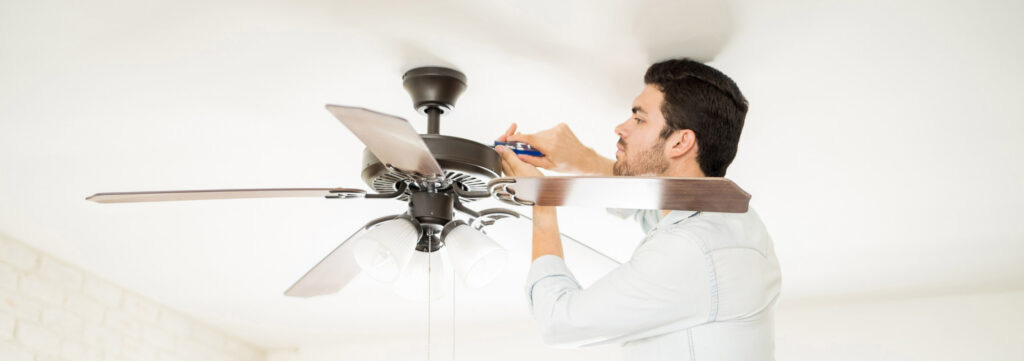
Install Ceiling Fans
Ceiling fans can make a massive difference in the level of comfort inside your home by pulling warm air up against the ceiling and then pushing it down against the walls to simulate a chilled breeze circulating. By circulating air more efficiently throughout your home, fans help keep the temperature consistent and help your air-conditioning system by lowering the temperature. Mobile air fans also help prevent rooms from feeling stuffy or stifling during the hot weather. To get the most out of your ceiling fans, make sure they are frequently running and are turning in a counter-clockwise rotation. If your home’s air circulation could use some improvement, try adding one or more fans for an inexpensive fix.
Invest in a Dehumidifier
Higher indoor humidity levels can make your home feel hot and unpleasant, mainly if you live in a humid climate such as South Texas. A dehumidifier inside your mobile home will remove the moisture from the air, help your air-conditioning unit run smoother, and make your home more comfortable. Humidifiers can come attached to some air-conditioning units or can be purchased stand-alone.
Seal Any Air Leaks
It is a constant battle to keep the cool air inside your home during the summer. Don’t let your air-conditioner try to cool your whole community. Ensure cool air stays inside your home. Usually, when mobile homeowners think about air leaks in their homes, they immediately think about doors and windows, but that is not where most air leaks are. According to the National Renewable Energy Laboratory, most are from floors, walls, ceilings, and leaky supply ducts. Ensure when you are testing the stripping and caulking around your doors and windows, you are also looking at the supply ducts, ceiling, walls, and floors of your home. Securing areas that are leaking air, not only will you reduce your monthly energy bill in the summer, but you will also prepare your home for the upcoming winter months.
Wrapping it Up
Your mobile home can be an oasis during another long summer. So make sure your home is ready to beat the summer heat by following our mobile home cooling hacks. First, check to make sure you utilize your landscape, window coverings, dehumidifiers, ceiling fans, and exhaust fans to stay cool as a cucumber. Then, get all the parts you need both you and your mobile home melt away!
Tags: Air conditioning, Cool your home naturally, diy, mobile home, mobile home awning, mobile home diy, mobile home landscaping, mobile home parts, mobile home repair


